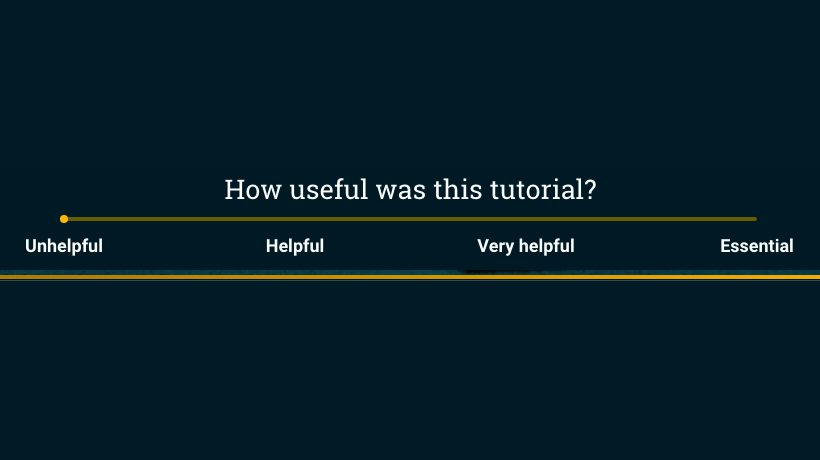Comparison Of Inbuilt And External Authoring Apps
Almost every Learning Management System (LMS) comes with built-in content authoring capabilities today. You can write lessons, add images and gifs, upload videos, and make quizzes. You can even make interactive content using technologies, such as H5P. Each LMS will have somewhat different capabilities and interfaces. Yet, there is a case to be made about the pros and cons of using inbuilt content creation tools in an LMS versus external authoring tools such as Articulate, Captivate, Lectora, and so on. Consider the following aspects when making this decision.
Inbuilt Content Creation Tools In An LMS Vs. External Authoring Tools
1. Content Creator’s Skill
The greatest number of higher educational institutes use the built-in capabilities of their LMSs (such as Moodle, Canvas or D2L) because their instructors, teachers and professors are building their own course content. Having them all upskill to an external authoring tool would simply be an impossible task, with very little probability of a successful outcome. Similarly, in a corporate scenario, if Subject Matter Experts are building the content themselves, it makes sense to provide the easiest possible interface to reduce the initial learning curve. The learner experience is squared off with the content creator’s skill level. However, if there is an Instructional Design or training team behind these courses, then it makes sense to bring in the best technology possible, to create a great learning experience and to reduce the limitations of built-in LMS tools.
2. User Experience
External authoring applications do one job: authoring. This is what they’re made for. As such, there are a host of activities, interactions, and experiences a skilled learning designer can create with these tools. The LMS's built-in tools are, on the other hand, an add-on to the core functionality of the learning platform—and are not quite as effective. The focus is on integration and ease of use, not on a suite of wide-ranging features for the learning designer. One could conceive of and build highly interactive, immersive, and interesting courseware in an external authoring application, which is simply not possible at the LMS content-creation level.
3. Moving LMSs
Whenever your organization decides to change learning platforms, anything built natively in the original platform will need to go through a laborious transition process, as these tools are not inherently portable to other platforms. On the contrary, tools such as Storyline and Captivate export content as SCORM packages that are compatible with any LMS. So, you can control the User Experience fully, even with the transition.
4. Updating The Courses
If your courses need frequent updates, built-in LMS tools have a significant advantage over external tools. This is because you could make changes directly in the LMS. This does, sometimes, create a version control issue. However, if your course is built in Articulate Storyline, for example, then you must have the source file (.story file) to make edits. Once you make edits in the source file, you’ll need to republish and upload it to the LMS for the change to take effect. When using industry-standard authoring tools, remember that there is a lot that can be done with them. It is important to secure the source files and keep them safe, including all other content such as videos, original graphics, storyboards etc. to make the maintenance of the course easier.
Conclusion
Whether one should use built-in tools or use industry-standard tools is not just a matter of preference. You must consider the aspects detailed above—desired learner experience, skill level of content creators, probability of platform changes, and frequency of updates—to decide on one over the other.
One thing to remember is that it does not have to be an either/or decision. The learners do not see your course as built into this tool or that one. For them, the learning journey, from start to finish, should be one seamless, easy to navigate, immersive experience. We help many of our clients come up with a hybrid approach, where part of the content (information-heavy, prone to frequent changes) resides in the LMS, and part of it (experiential, active learning sections) is built elsewhere, to offer the best of both worlds to learners, instructors, and administrators.








![eLearning Industry's Guest Author Article Showcase [October 2022]](https://cdn.elearningindustry.com/wp-content/uploads/2022/11/Shutterstock_1906929892.jpg)